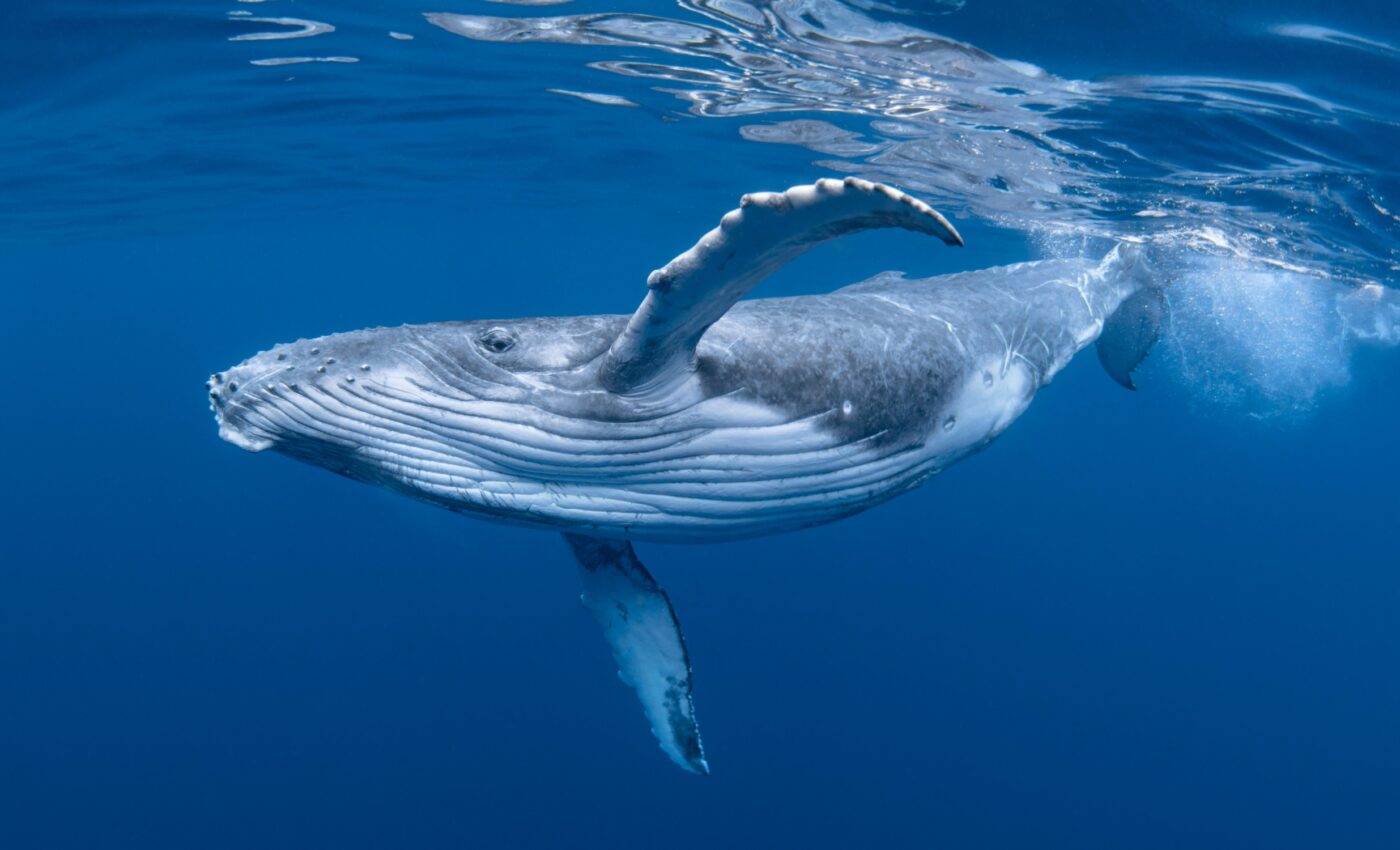
Young whale's epic voyage exposes perils of the Mediterranean
The expansive journey of a young whale, tracked as she ventured across the Mediterranean Sea, serves as a poignant reminder of the multitude of threats marine creatures face today.
A recent study highlights the vast distances these majestic beings cover and the myriad dangers they encounter along the way.
Young whale’s journey in Mediterranean
Scientists tracked the movements of various marine species, including Cuvier’s beaked whales, bottlenose dolphins, and sperm whales, off the coast of Israel.
Utilizing advanced tracking technology, they observed these species to understand their migration patterns and the challenges they face.
Among the animals they studied, a young adult male sperm whale stood out due to its remarkable journey. This particular whale, previously spotted off the coast of southern France, exhibited an extraordinary range of travel.
A dedicated team of researchers from Greenpeace, the University of Exeter, and the University of Haifa, observed a unique migration pattern in this particular whale.
It covered the longest recorded distance for a sperm whale within the Mediterranean Sea. This unprecedented movement not only highlights the whale’s incredible endurance but also underscores the interconnectedness of marine habitats across the region.
The whale’s journey serves as a crucial data point, illustrating the vast distances these creatures travel and the various threats they encounter, including heavy maritime traffic, pollution, and noise, which pose significant risks to their survival.
Young whale’s fight for survival
The young whale’s journey, filled with obstacles, underscores the perilous conditions marine animals endure.
“Marine life in the Mediterranean faces numerous threats — from fishing and pollution to noise and boat strikes,” explained Dr. Kirsten Thompson, from the Greenpeace Research Laboratories at the University of Exeter.
She noted the whale likely navigated through either the Sicily Channel or the Strait of Messina — both heavily trafficked and hazardous routes for deep-diving species like sperm whales.
Unified call for conservation
This research transcends being a mere account of migration; it serves as a powerful call to action for the protection of marine habitats.
The study’s findings revealed that the vocal patterns of whales off the Israeli coast matched those of whales across the Mediterranean. This match indicates a connected regional population, suggesting that these whales migrate and interact across vast distances.
Such interconnectedness underscores the necessity for comprehensive conservation efforts that span national borders. Marine habitats face numerous threats, including overfishing, pollution, and maritime traffic, which endanger the lives of these majestic creatures.
By highlighting the shared vocal patterns, the study on young whale across the Mediterranean emphasizes that protecting one region is insufficient.
Effective conservation requires international collaboration and coordinated efforts to ensure the survival of these species.
The research underscores the urgent need for protective measures and policy changes to safeguard the rich biodiversity of the Mediterranean Sea, ensuring a healthier environment for marine life.
Innovative solutions for marine safety
Dr. Thompson suggested that installing listening devices in narrow and shallow seas could pioneer an alert system to prevent ship strikes — a significant threat to whales. This technological intervention could form a protective barrier around these vulnerable giants of the sea.
“The Mediterranean is the busiest sea in the world, with rich wildlife and a high human population. Unfortunately, some species like these threatened whales are facing further industrial development, with oil and gas exploration and the construction of a new gas pipeline between the eastern basin and Italy,” Dr. Thompson added.
She highlighted how such developments not only challenge EU environmental protection laws but also threaten the survival of marine wildlife.
Safeguarding our seas
The conclusions of this study of the young whale venturing across the Mediterranean Sea are based on visual-acoustic surveys conducted over a two-month period.
During that time, scientists captured multiple interactions with these magnificent creatures. The findings highlight the urgent need for further research to protect marine life in the Eastern Mediterranean effectively.
By chronicling the journey and challenges faced by a young whale, the researchers aim to illuminate the widespread issues impacting all marine inhabitants.
The adoption of advanced monitoring technologies coupled with stringent conservation measures is essential for creating a safer environment for the region’s marine species.
These efforts are vital not only for preserving biodiversity but also for upholding the ecological integrity of one of the world’s most historically important seas.
The full study was published in the journal Aquatic Conservation Marine and Freshwater Ecosystems.
—–
Like what you read? Subscribe to our newsletter for engaging articles, exclusive content, and the latest updates.
Check us out on EarthSnap, a free app brought to you by Eric Ralls and Earth.com.
—–













